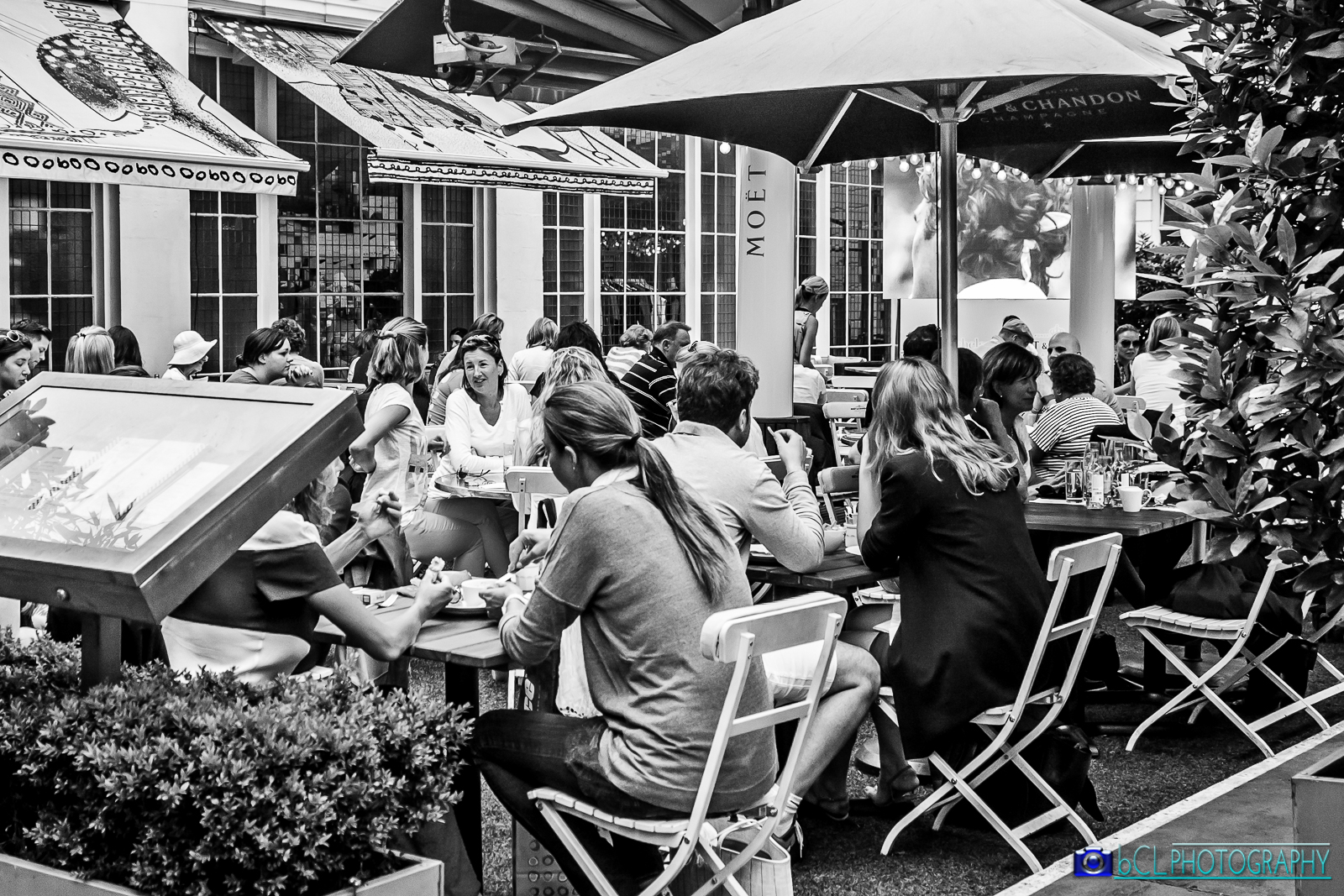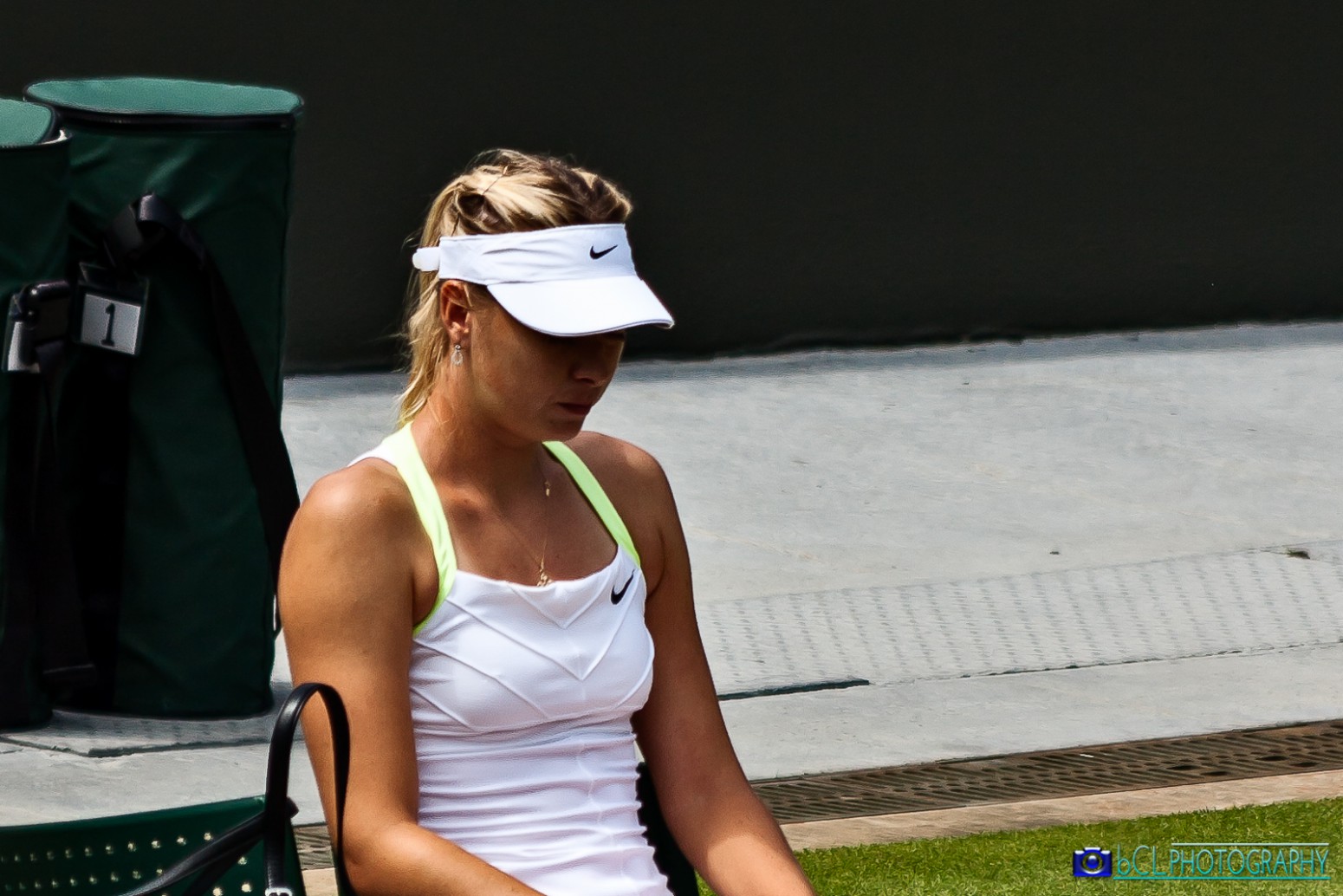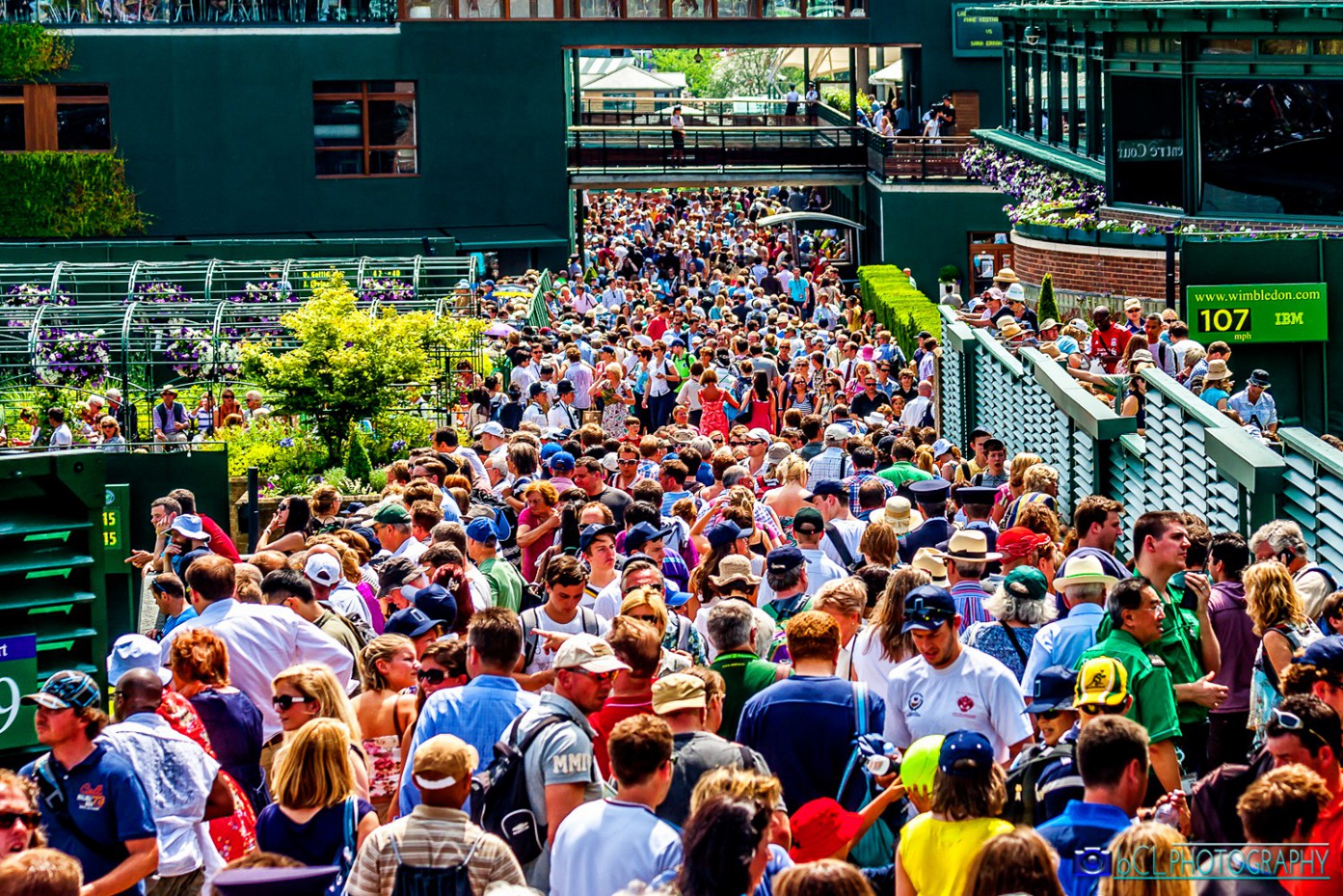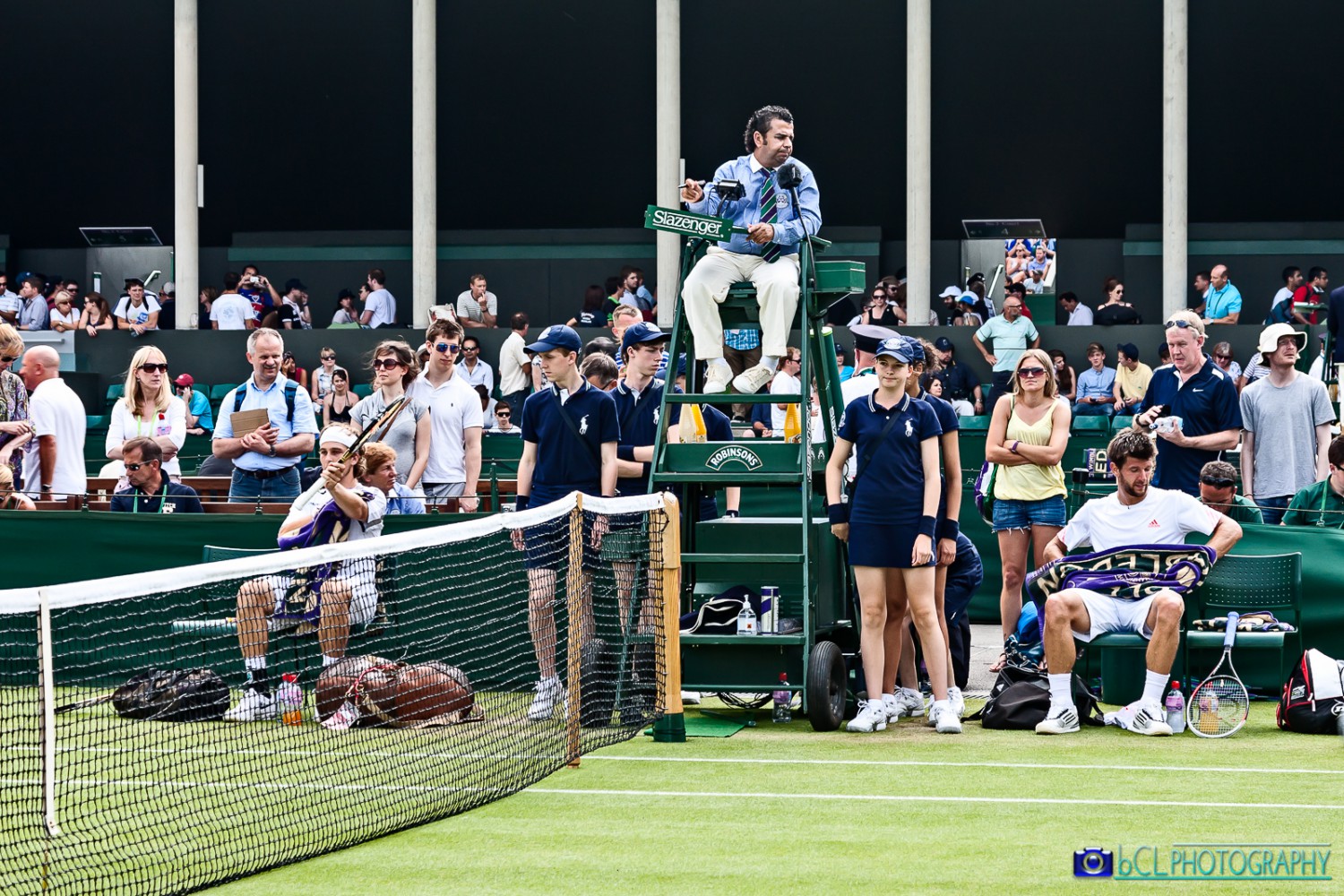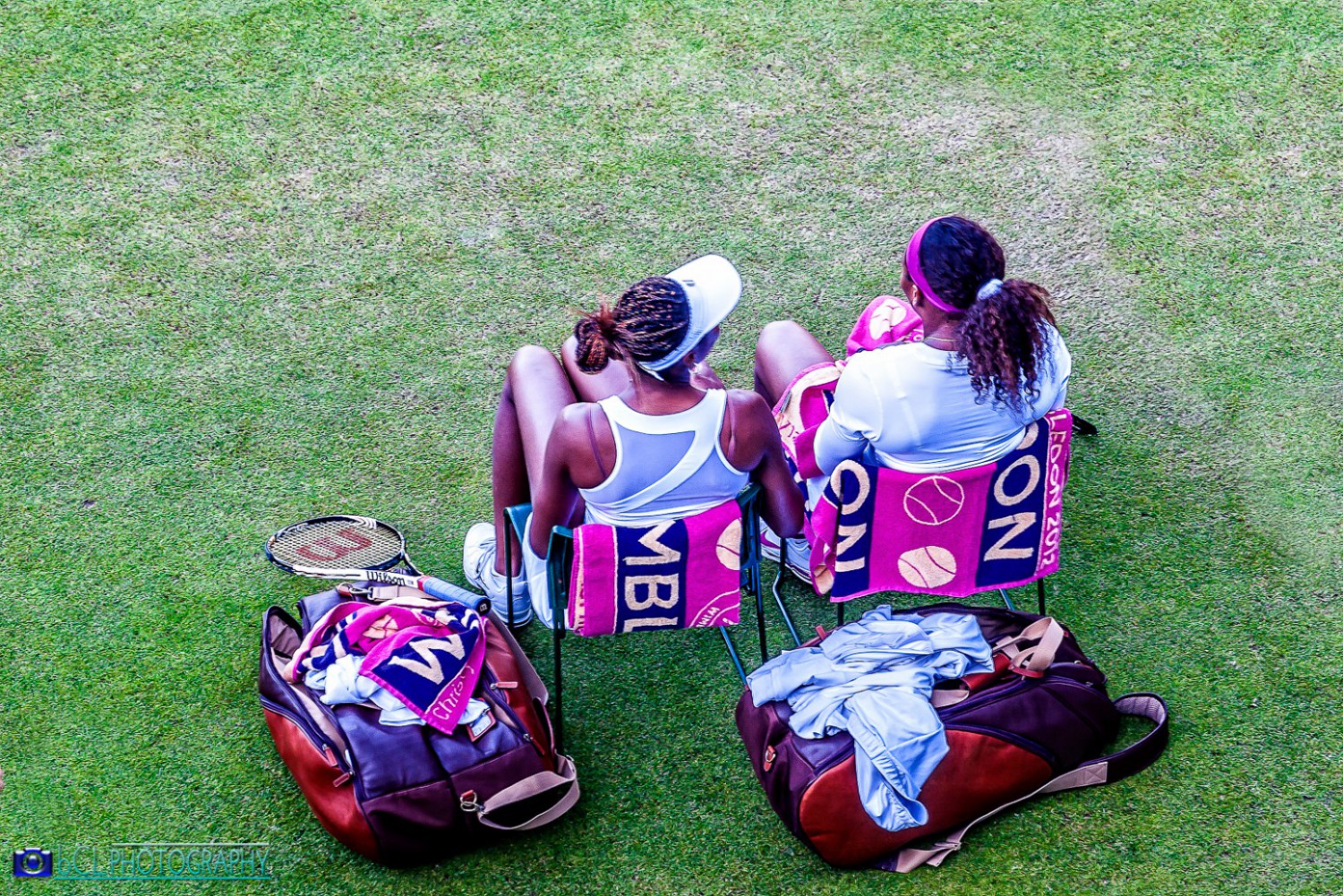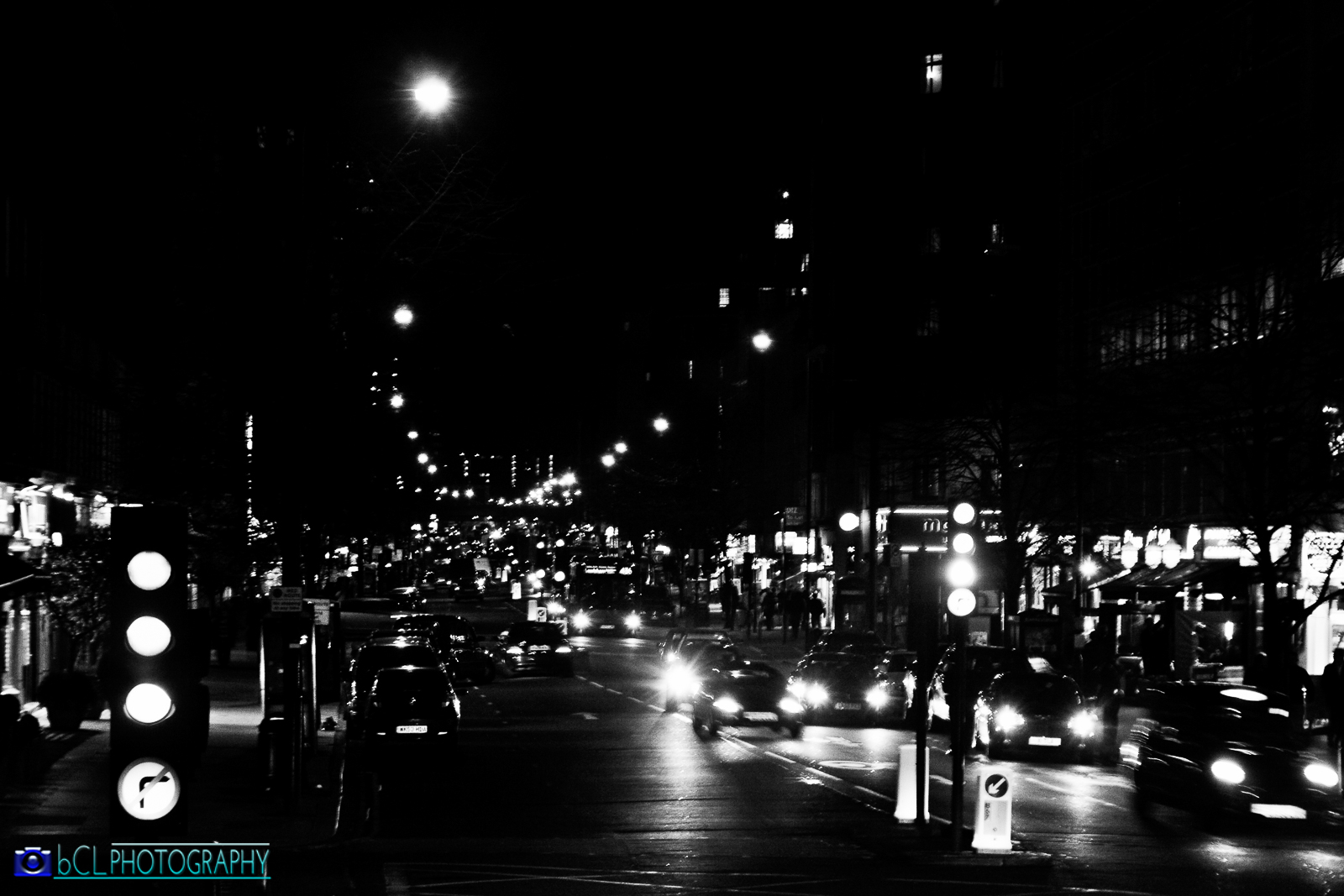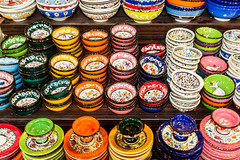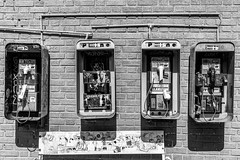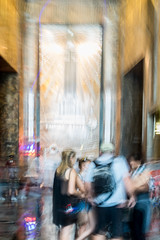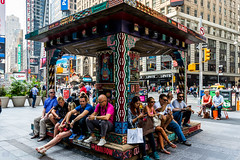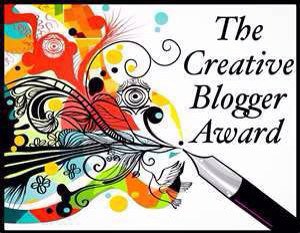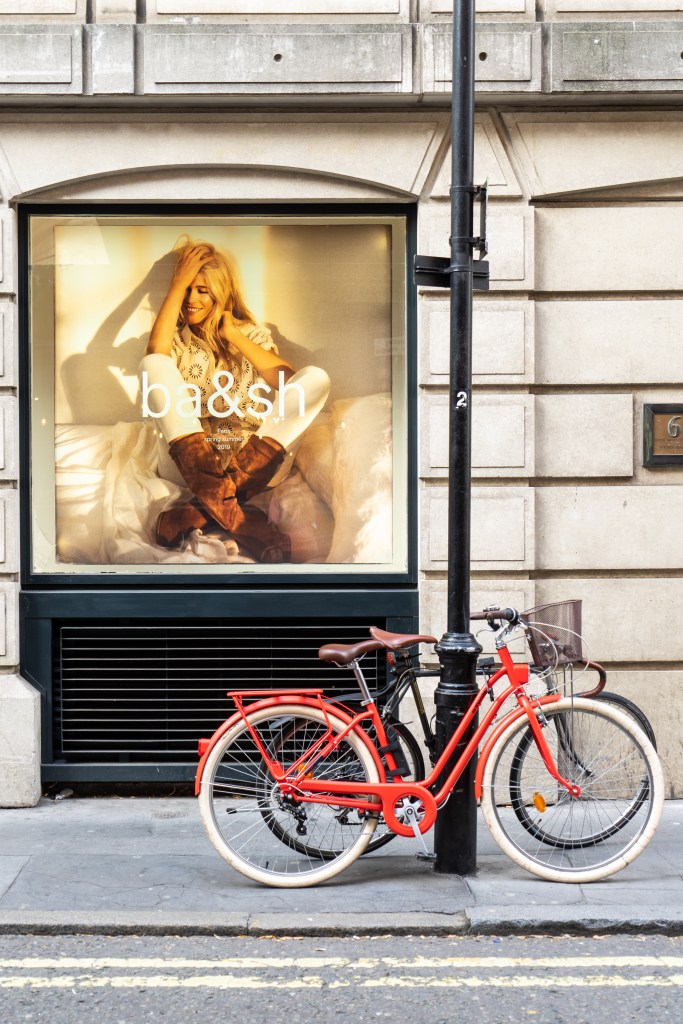
Robert Jessup says on his blog:
“Street advertising, which has also come to be known as, or called ‘out of home’ (OOH) advertising, is a broad term used to describes any kind of marketing campaign that uses advertising techniques to reach consumers when they are outside, away from their home.
Street advertising can be accomplished virtually in any outdoor place, such as promotional paraphernalia at sporting events and musical concerts, billboards throughout cities, or simple signs outside on the street. Outdoor advertising can be compared to broadcasting methods, because both represent a type of mass-market medium, meaning that the intention of both are to reach a large, undifferentiated segment of the population (consumers) with indistinct and varied backgrounds.
Street advertising is best utilized through broad message advertising mediums, as well as branding and support campaigns”.
A Face in the Crowd
 This is my contribution to this Week Photo Challenge: A Face in the Crowd.
This is my contribution to this Week Photo Challenge: A Face in the Crowd.
 This photo was taken some time ago at the Portobello street market in London.
This photo was taken some time ago at the Portobello street market in London.
The violinist played his instrument without finding too much attention in the people who went from one place to another looking for something to buy. I was struck by his loneliness among a crowd of people.
In this Week Photo Challenge, Erica says: “These faceless portraits, as they were, captured a sense of being just one in the crowd. Instead of seeing the unique and defining characteristics of a person’s facial expressions, via an emotive gaze or mild smirk, they became anonymized, mysterious figures with stories impossible to guess.”
I think that this photo of the violinist perfectly reflects what Erica asked in her challenge.
Afternoon tea is a light meal typically eaten between 4 pm and 6 pm. Observance of the custom originated amongst the wealthy classes in England in the 1840s. Anna Maria Russell, Duchess of Bedford, is widely credited as transforming afternoon tea in England into a late-afternoon meal whilst visiting Belvoir Castle. By the end of the nineteenth century, afternoon tea developed to its current form and was observed by both the upper and middle classes. It had become ubiquitous, even in the isolated village in the fictionalised memoir Lark Rise to Candleford, where a cottager lays out what she calls a “visitor’s tea” for their landlady: “the table was laid… there were the best tea things with a fat pink rose on the side of each cup; hearts of lettuce, thin bread and butter, and the crisp little cakes that had been baked in readiness that morning.”
American afternoon tea finger foods.
For the more privileged, afternoon tea was accompanied by delicate savouries (customarily cucumber sandwiches or egg and cress sandwiches), bread and butter, possibly scones (with clotted cream and jam, as for cream tea), and usually cakes and pastries (such as Battenberg cake or Victoria sponge). The sandwiches usually have the crusts removed, and are cut into small segments, either as triangles or fingers (also known as tea sandwiches). Biscuits are not usually served.
Nowadays, a formal afternoon tea is more of a special occasion, taken as a treat in a hotel. The food is often served on a tiered stand; there may be no sandwiches, but bread or scones with butter or margarine and optional jam or other spread, or toast, muffins or crumpets. Afternoon tea as a treat may be supplemented with a glass of Champagne or a similar alcoholic drink.
A less formal establishment is known as a tearoom, similar to a coffee shop. These used to be common in the UK, but these establishments have declined in popularity since World War II. A.B.C. tea shops and Lyons Corner Houses were successful chains of such establishments, and played a role in opening up possibilities for Victorian women.
A tea party is a social gathering around this meal – not to be confused with the Boston Tea Party, an incident at the beginning of the American Revolution, or the modern political party named after it.
More in Wikipedia.
Here is my entry for this week Norm’s Thursday Doors Challenge.
The House of Peroni, in the Shoreditch district in London is a taste of life in Italian style. It is themed around For the Love of Italy (‘AMARE L’ITALIA’) and will offer guests a taste of Italian style to savour.
Guests will have a selection of italian dining options each day. The House of Peroni Residency have a fully stocked Italian deli selling the best Italian cured meats, cheeses, freshly made pasta and sauces to be consumed on site or to taken home.
Also their drinks reflect the daily rituals and beauty of life in his home in Lake Como.
A diverse programme of ticketed events has been curated by the Residency Masters, which will take guests on a multi-sensory journey of Italian sights, smells and tastes.
Thanks to Norm Frampton for hosting this excellent challenge.
Today begins the second week in Wimbledon 2015, the most important tournament in the world tennis. I want to pay my tribute to one of my favorite players: Maria Sharapova
Maria Yuryevna Sharapova: born 19 April 1987, is a Russian professional tennis player, who is ranked world No. 4 by the Women’s Tennis Association (WTA). A United States resident since 1994, Sharapova has competed on the WTA tour since 2001.
She has been ranked world No. 1 in singles by the WTA on five separate occasions, for a total of 21 weeks. She is one of ten women, and the lone Russian, to hold the career Grand Slam and is an Olympic medalist, having earned silver for Russia in women’s singles at the 2012 Summer Olympics in London.
Sharapova became the world No. 1 for the first time on August 22, 2005 at the age of 18, and last held the ranking for the fifth time for four weeks from June 11, 2012 to July 8, 2012. Her 35 singles titles and five Grand Slam titles — two at the French Open and one each at the Australian Open, Wimbledon and the US Open — rank third amongst active players, behind Serena and Venus Williams. She won the year-ending WTA Finals in her debut in 2004. She has also won three doubles titles.
Despite an injury-prone career, Sharapova has achieved a rare level of longevity in the women’s game. She has won at least one singles title a year from 2003 until 2015, a streak only bested by Steffi Graf,Martina Navratilova and Chris Evert. Several tennis pundits and former players have called Sharapova one of tennis’s best competitors.
More info: Wikipedia
Wimbledon: The Championships
The Championships, Wimbledon or simply Wimbledon, is the oldest tennis tournament in the world, and widely considered the most prestigious. It has been held at the All England Club in Wimbledon, London since 1877. It is one of the four Grand Slam tennis tournaments (Majors), the others being the Australian Open, the French Open (Roland Garros) and the US Open. Since the Australian Open shifted to hard court in 1988, Wimbledon is the only Major still played on grass, the game’s original surface, which gave the game its original name of “lawn tennis”.
These photographs show a crowd of people every year go to see this event.
Everything is now ready to start today the 129th edition of the championship.
Wimbledon Championships
Today I will enter into the world of tennis taking advantage we are about to start the Wimbledon tennis tournament 2015.
These two pictures are a bit different from the photos that usually do athletes.
In the first we see the Williams sisters in a break of a doubles match. In the second we see the sisters in action. Serena hits a ball at high speed, under the watchful eye of her sister Venus.
The 2015 Wimbledon Championships is a tennis tournament which will take place at the All England Lawn Tennis and Croquet Club in Wimbledon, London, United Kingdom, from 29 June to 12 July 2015.
They will be the 129th edition of the championships, the 48th in the Open Era and the third Grand Slam tournament of the year, played on grass courts and part of the ATP World Tour, the WTA Tour, the ITF Junior Tour and the NEC Tour. They were organised by the All England Lawn Tennis Club and the International Tennis Federation.
Reflections on Photography by Henri Cartier-Bresson
 “Manufactured” or staged photography does not concern me. And if I make a judgement it can only be on a psychological or sociological level. There are those who take photographs arranged beforehand and those who go out to discover the image and seize it.
“Manufactured” or staged photography does not concern me. And if I make a judgement it can only be on a psychological or sociological level. There are those who take photographs arranged beforehand and those who go out to discover the image and seize it.
For me the camera is a sketch book, an instrument of intuition and spontaneity, the master of the instant wich, in visual terms, questions and decides simultaneously. In order to “give a meaning” to the world, one has to feel oneself involved in what one frames through the viewfinder.
This attitude requires concentration, a discipline of mind, sensitivity, and a sense of geometry -it is by great economy of means that one arrives at simplicity of expression.
One must always take photographs with the greatest respect for the subject and for oneself.
from The mind’s eye.
Writings on Photography and Photographers by Henri Cartier-Bresson (1908–2004).
Do you agree with Cartier-Bresson?. Maybe you agree on some things. I like his words but I am not so strict in some ways. I recognize that the great French photographer had thought a lot about his photography, its justification and meaning. And his photography was consistent with the way he saw it. But I admire a lot of people who “take photographs arranged beforehand”. In photography, I think there is room for all styles and I love a good photography whatever style. We’ll talk more about it soon.
Today’s photography it is not an easy photo, it isn’t a beautiful flower or a wonderful landscape, but for me it could be a good photo, if it weren’t for the average photographer. ..
 All major cities are a bit like, have similar traits. However, each city also has its own characteristics, that make them unique. London is one of these.
All major cities are a bit like, have similar traits. However, each city also has its own characteristics, that make them unique. London is one of these.
London is the capital city of both England and the United Kingdom. Standing on the River Thames, London has been a major settlement for two millennia, its history going back to its founding by the Roman.
London is a city I love. I’m hoping to return soon.
 Machinery (3)
Machinery (3)
The Shepherd Gate Clock is mounted on the wall outside the gate of the Royal Greenwich Observatory building in Greenwich, Greater London. The clock, an early example of an electric clock, was a slave mechanism controlled by electric pulses transmitted by a master clock inside the main building. The network of master and slave clocks was constructed and installed by Charles Shepherd in 1852. The clock by the gate was probably the first to display Greenwich Mean Time to the public, and is unusual in using the 24-hour analogue dial.
The Shepherd Gate Clock is mounted on the wall outside the gate of the Royal Greenwich Observatory building in Greenwich, Greater London. The clock, an early example of an electric clock, was a slave mechanism controlled by electric pulses transmitted by a master clock inside the main building. The network of master and slave clocks was constructed and installed by Charles Shepherd in 1852. The clock by the gate was probably the first to display Greenwich Mean Time to the public, and is unusual in using the 24-hour analogue dial.
The original idea for the clock network came from the Astronomer Royal, George Airy. With the arrival of the railway network, a single time standard was needed to replace the various incompatible local times then in use across the country. Airy proposed that this standard time would be provided by the Royal Observatory. His idea was to use what he called “galvanism” or electric signalling to transmit time pulses from Greenwich to slave clocks throughout the country, and perhaps to Europe and the colonies too. The new undersea cable recently installed between Dover to Calais in 1851 raised the possibility of sending time signals between England and France – this would allow longitude differences to be measured very accurately, for the first time.
In 1849, Charles Shepherd Junior (1830–1905),[1] an engineer and son of a clockmaker, patented a system for controlling a network of master and slave clocks using electricity (or galvanism, as it was called). Shepherd installed the public clocks for the Great Exhibition which opened in May 1851. In October 1851, Airy wrote to Charles Shepherd asking for proposals and estimates, including a request for the following clocks:
- One automatic clock.
- One clock with large dial to be seen by the Public, near the Observatory entrance, and
- three smaller clocks, all to be moved sympathetically with the automatic clock.
Airy also wanted the existing Greenwich time ball to be electrically operated, so that its descent at 13:00 was synchronised with the master clock inside the observatory.
By August 1852, Shepherd had built and installed the network of clocks and cables in the observatory. Costs were considerably higher than the original estimates. Shepherd had estimated £40 for the master clock and time ball apparatus, and £9 for each sympathetic clock. The total costs included £70 for the master clock, and £75 for the wall clock by the gate.
Shepherd would be appointed to oversee the construction of a telegraph network for the Indian Government in 1853.
More in Wikipedia
A contribution to the Leanne Cole Photography MM 2-12: Monochrome Madness 2-12.
Thames is best known for flowing through London, but the river also flows alongside other towns and cities, like Oxford, Reading, Henley-on-Thames, and Windsor. This foto is taken in London. Some day I’d like to flow all the river.
The River’s Tale (prehistoric)
TWENTY bridges from Tower to Kew –
Wanted to know what the River knew,
Twenty Bridges or twenty-two,
For they were young, and the Thames was old
And this is the tale that River told…
If you want the whole tale, read it at The Kipling Society




